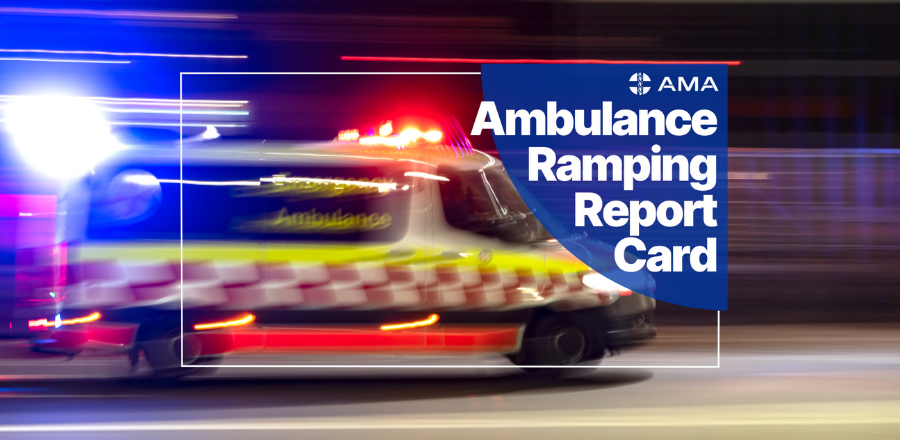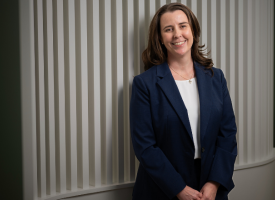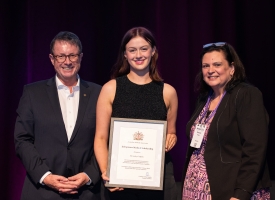AMA report shows depth of national ramping problem
The AMA’s public hospital advocacy continued with the release of a new report card showing ambulance ramping has been steadily increasing year on year across Australia, and all states and territories are failing to meet their performance targets on transferring patients from ambulances to EDs within specified timeframes.

The AMA’s public hospital advocacy continued with the release of a new report card showing ambulance ramping has been steadily increasing year on year across Australia, and all states and territories are failing to meet their performance targets on transferring patients from ambulances to EDs within specified timeframes.
Ambulance ramping has been front and centre this week as the AMA’s Ambulance Ramping Report Card found every state and territory in Australia fails to meet its own target on the time it takes to transfer patients from an ambulance into the care of the ED.
The first national snapshot of ramping across the nation from the AMA painted a terrifying picture for all Australians.
The Daily Telegraph coverage highlighted the targets being missed in every state and territory with local examples of deaths and poor outcomes for patients resulting from ramping. Further details are in our media release.
“The Report Card does not deliver good news,” AMA President, Dr Omar Khorshid said, “Ambulance ramping outside hospitals – sometimes for hours – means not only are patients not receiving timely care, but paramedics can’t respond to new emergencies. This is what we see when our public hospitals are in logjam.”
The AMA put the cause of ramping and the hospital logjam under the microscope, providing analysis of how the 6.5% cap on growth applied by the Commonwealth to its share of hospital funding actually squeezes hospitals’ ability to build capacity, especially during inflationary times.
In a media release, the AMA said as health costs rise across the nation, the Commonwealth funding available to deliver extra hospital services each year actually declines.
“The statement by the Prime Minister last week that additional federal funding would result in the Commonwealth paying more and the state governments paying less is misleading – it doesn’t represent the true picture,” Dr Khorshid said.
“Put simply, whatever is left over from the 6.5 per cent after you take out the increasing costs of healthcare each year is what is left to allow our hospitals to meet community demand and actually care for more patients – be they ramped, in the ED, or on a waiting list for essential surgery,” Dr Khorshid said.
The Sydney Morning Herald and The Age covered the story citing the rise in hospital costs like chemicals and cleaning products, provided by the AMA.
The issues were further ventilated for the public at an emergency virtual “Town Hall” event in Queensland, convened as part of the AMA’s Clear the hospital logjam campaign. Dr Khorshid addressed the meeting, outlining the AMA’s advocacy for a new hospital funding agreement. He said neither major party has yet committed to “end the blame game” and provide additional funding, by moving to a 50-50 funding agreement, and scrapping the cap, but both should.



